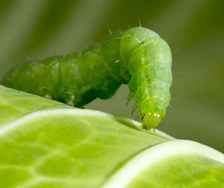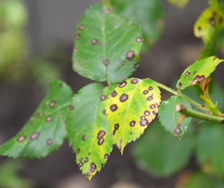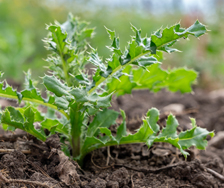Yates Account
Join now
Create a Yates account today!
Sign up to join the Yates Garden Club for monthly e-mails packed with seasonal inspiration, tips for success & exclusive promotions.
Plus if you’re a Garden Club member you can take part in the Yates Growing Community - a blog to share successes, get advice & win prizes in fun challenges along the way!

Forgot password
Enter the email address associated with your account, and we'll email you a new password.

What are Buttercups?
There are a number of pest species from the buttercup family found in NZ and most of them look pretty similar. Fortunately, the control methods are the same for all of them, so you won’t need an exact ID.
Creeping Buttercup (Ranunculus repens) is arguably the most irritating species for home gardeners, as it’s especially invasive. It’s the only buttercup species here that grows stolons (horizontal runners), that form new roots wherever the nodes touch down. These roots develop into new plants, which allows it to spread very quickly.
It’s a perennial weed that thrives in wet conditions, like lawns with poor drainage, ditches, roadsides or swampy waste ground. It has distinctive leaves that resemble celery, with thick, fibrous (and tenacious) roots. It flowers from mid-spring to summer, with small, bright yellow buttercup-type flowers. It’s very widespread throughout NZ.
Hairy buttercup (Ranunculus sardous) looks very similar to creeping buttercup, but it doesn’t form stolons, instead it spreads by seed.
Celery Leaved Buttercup (Ranunculus sceleratus) is often found in wet areas like drains, ditches and around ponds. Growing up to 60cm tall, it’s common throughout NZ.
Giant Buttercup (Ranunculus acris) has a differently shaped leaf; it’s frillier looking than the other species. It’s a problematic weed for dairy farmers, as cattle won’t eat it. Mature plants are more commonly seen in wet pasture and waste ground than home gardens, as it grows up to 1m in height so it’s quite noticeable!
There are also a number of native alpine buttercup species in NZ, the very pretty Mt Cook Buttercup (Ranunculus lyallii) is one of the best known.
How to Protect Your Lawn
Because weedy buttercup species love damp lawns and gardens, improving drainage can really help to suppress them.
We recommend choosing from one of the following selective weedkillers to control buttercups in lawns. These products don't harm grass species, but do target a wide range of broadleaf weed species. Because buttercups are resistant to a lot of herbicides, we recommend either Yates Turfix, Yates Hydrocotyle Killer or Yates Woody Weedkiller to effectively kill them.
Once you have them under control, keeping a Yates Turfix Gun on hand is a convenient way to spot-spray buttercups as soon as you see them, before they begin to spread.

















Share
Share this article on social media